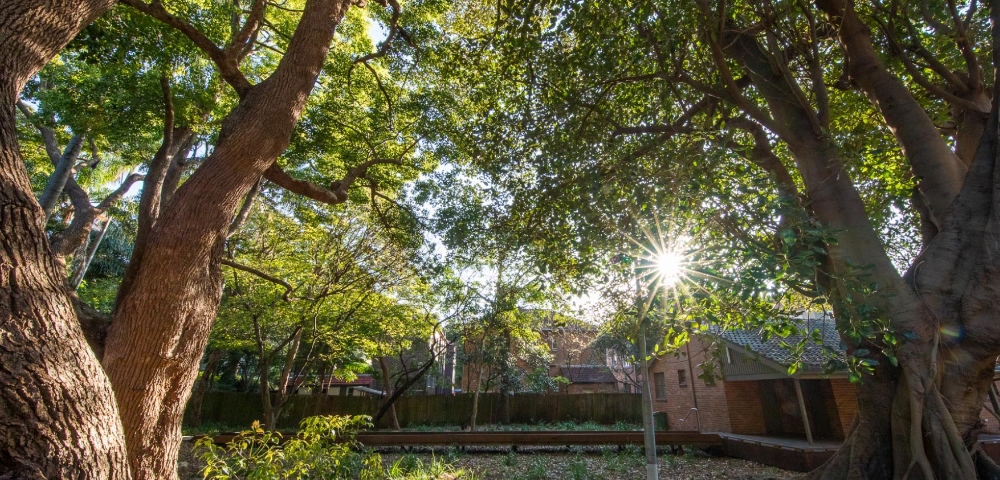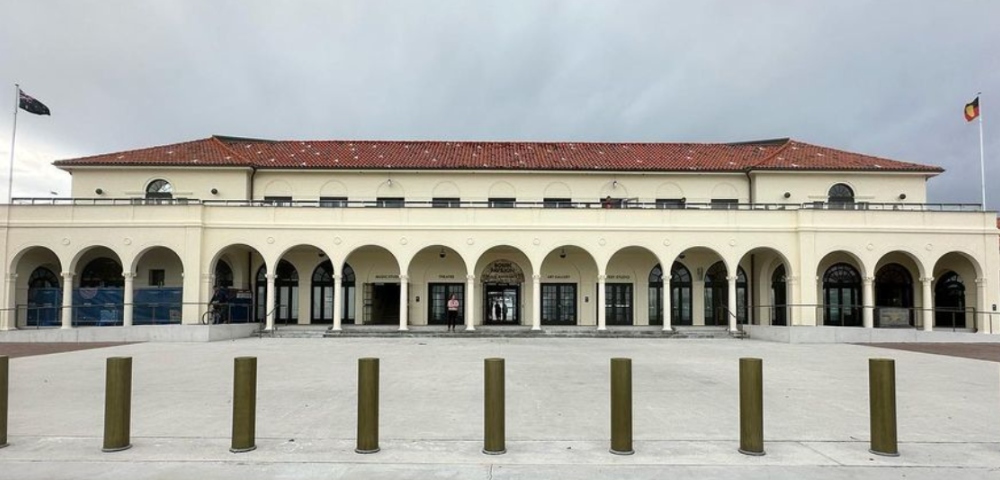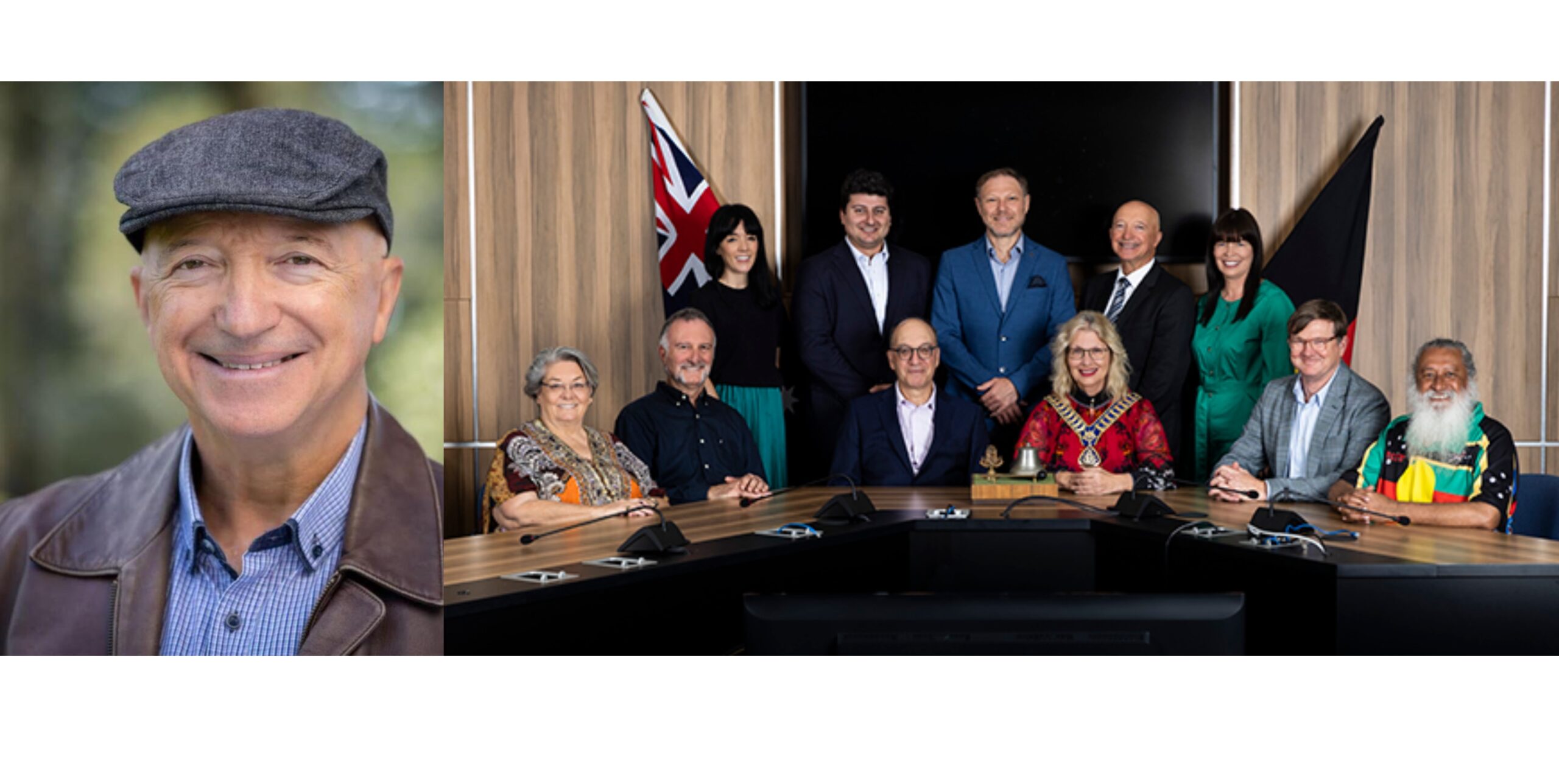
Dangerous Gums

By VANESSA LIM
In August 2019, an Eastern Suburbs’ couple spoke out about their four-year battle with Woollahra Council to cut down a dangerous tree. Julie Benson and Ken Khavin, who want to remove the gumtree next to their house, say that unpredictable falling branches could harm children in the neighbouring park. They have been arguing that the gumtree is too dangerous to stay but council has denied their request to remove the gumtree several times in the past year.
Woollahra Council said, “Council has received several applications from the property owner for two trees to be removed due to minor damage to a timber fence and paving of a courtyard in an adjacent property. On each occasion, our qualified arborists investigated and the trees were assessed as healthy with no signs of decline – as no hazardous branches were present, removal of the trees or pruning did not need to be carried out.”
This issue has raised concerns from more locals such as Tim Clifford, an environmental activist who agrees that large gumtrees can be a hazard. “I think it comes down to councils not wanting to maintain gums unless it involves full removal.”
Gumtree incident close to home
Clifford described a gumtree incident he witnessed a few years ago when his mother was struck by a falling branch and a window of their house was shattered.
“Council doesn’t do anything to stop the branches from being a hazard. Our window was smashed by a branch about four metres long. It needed trimming but they all grow up past the powerlines and the wind knocks them down.”
Tim Clifford said that proper maintenance or complete removal of gumtrees was needed to ensure safety. Woollahra Council maintains that its tree maintenance program regularly assesses trees in parks and reserves, as well as trees located on private property that overhang public spaces.
Tim Clifford mentioned that the age of tree was important. “They’re old trees and are still living but they aren’t designed to be near houses and buildings in the first place.”
Saving Sydney’s Trees, a group with over 12,000 supporters, said that poor placement of trees was a key issue in urban environments.
“Any tree that is poorly located can present challenges in an urban environment, particularly when planners and designers fail to undertake professional site planning to determine the right growing conditions in the planning stages.”
The group maintained that poor planning contributed to tree problems and that it was possible for gumtrees to exist in an urban environment.
“Given the fundamental importance of existing trees in ameliorating the climate crisis, it is unbelievably irresponsible to do anything that undermines the health of our existing urban forest. When gums are stressed, they can drop branches, but their importance in carbon sequestration, habitat provision, temperature control and pollution protection far outweighs their perceived hazards.”
Tim Clifford agreed that while gumtrees could be dangerous, the low tree rates in the southeastern suburbs, where he lives, was a big concern.
“We need to consider how we’re going to manage the ridiculously low tree canopy cover without having to cut down gums unnecessarily. This contributes to urban heat sinks and fewer habit corridors for animals stretching to Botany Bay,” he said.
Saving Sydney’s Trees argued it wasn’t the type of tree that was to blame, but that poor maintenance caused the problems.
Monitoring the tree canopy
Tree rates are a major issue in Sydney. Saving Sydney’s Trees is dedicated to increasing the number of trees, as well as maintaining the trees in an area.
“Audit of our canopy has not been done since 2013, when 20 per cent of our existing canopy was being held in private yards. Randwick Council Area at that stage had 14 per cent cover (this included Centennial Parklands, which overlaps with the City of Sydney).”
Given the amount of development and deforestation in Sydney, not to mention across Australia, the likelihood that the tree population has increased is minimal. Australia is now considered a global hotspot for deforestation, with some predicting the loss to be three million hectares of land by 2030.
Saving Sydney’s Trees alluded to the benefits of maintaining trees in an urban environment.
“Tree-lined streets have an economic advantage in sales records, temperature controls and ambience for those who live near them. Trees also filter pollution, mitigate floods, and provide habitat for other plant and animal life that creates the natural neighbourhood we live in.”
Saving Sydney’s Trees also mentioned benefits such as improved mental and physical health in a greener environment.









